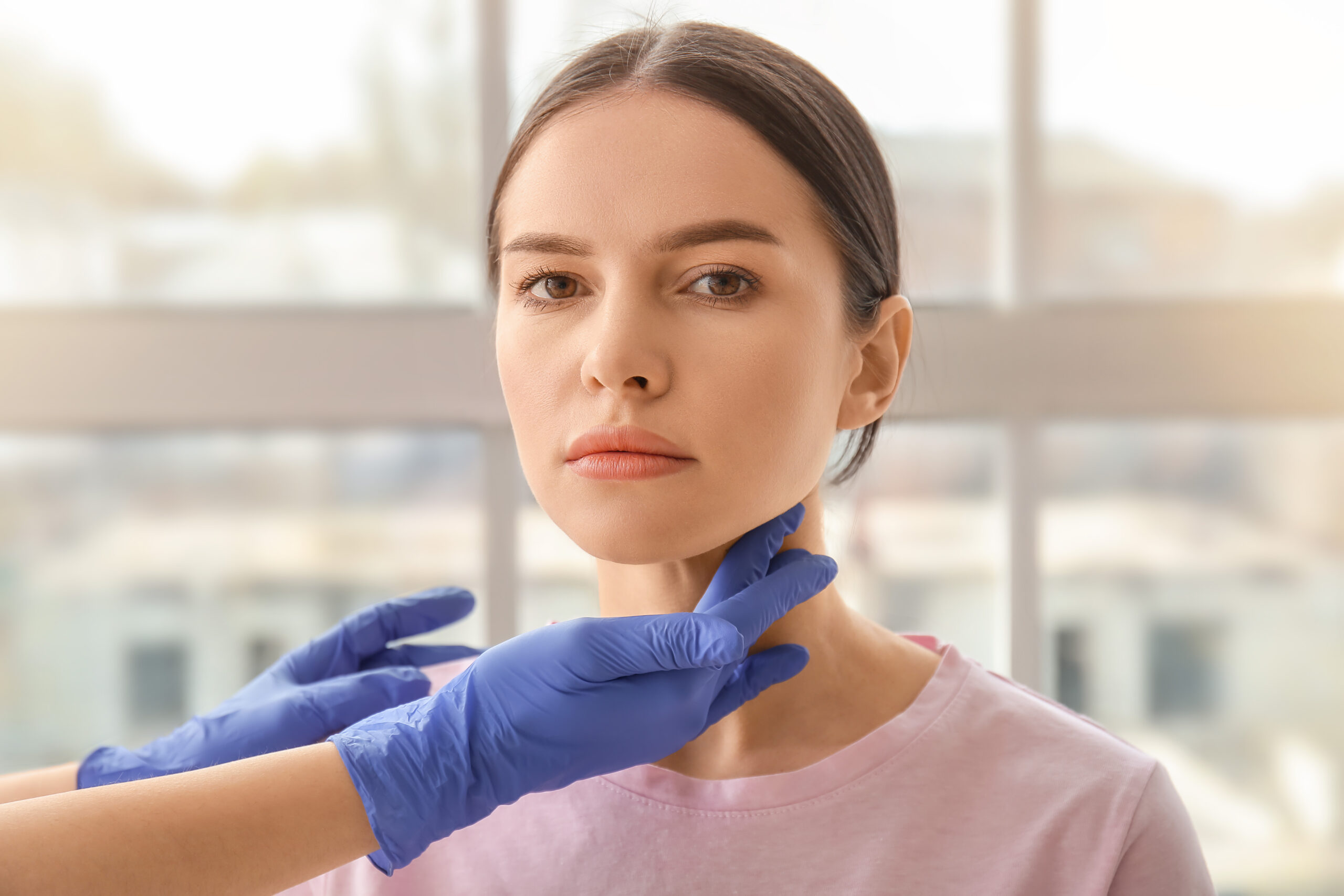Lymphoma, in other words lymph node cancer, has become increasingly common in recent years, and ranks 7th among adult cancers. The heart-warming feature of lymphoma, which usually develops during adolescence and after the age of 55, is that very successful results can be obtained from treatment today.
 Hematologist Prof. Dr. Ayşen Timurağaoğlu at Acıbadem Ataşehir Hospital pointed out that, except for some rare types of lymphoma, it is a type of cancer that can be completely cured with early diagnosis and treatment, and said, “In recent years, significant successes can be achieved in the treatment of lymphoma with the use of target-oriented smart molecules. So much so that 95 percent success rate can be achieved in some types of lymphoma. In addition, the disease can be controlled even in aggressive types. However, since there is no screening method for early diagnosis, it is necessary to know the symptoms of lymphoma and consult a physician in time. The first sign of lymphoma is usually a painless swelling that develops for no reason in the neck, armpit and groin areas. It is vital to consult a physician for this symptom without wasting time.”
Hematologist Prof. Dr. Ayşen Timurağaoğlu at Acıbadem Ataşehir Hospital pointed out that, except for some rare types of lymphoma, it is a type of cancer that can be completely cured with early diagnosis and treatment, and said, “In recent years, significant successes can be achieved in the treatment of lymphoma with the use of target-oriented smart molecules. So much so that 95 percent success rate can be achieved in some types of lymphoma. In addition, the disease can be controlled even in aggressive types. However, since there is no screening method for early diagnosis, it is necessary to know the symptoms of lymphoma and consult a physician in time. The first sign of lymphoma is usually a painless swelling that develops for no reason in the neck, armpit and groin areas. It is vital to consult a physician for this symptom without wasting time.”
There are many subgroups
Lymph nodes, located in various parts of our body and serving as a barrier against infectious diseases, constitute one of the important components of our immune system. Lymphoma is defined as malignant diseases that develop in cells called lymphocytes. These lymphocytes are found in almost every part of our body, but lymphomas are the primary disease of the lymph nodes. They often settle in the lymph nodes in the neck, armpit, groin, chest and abdominal cavity. Contrary to popular belief, lymphoma is not a single type of cancer. Hematologist Prof. Dr. Ayşen Timurağaoğlu stated that lymphoma is actually divided into two main groups, Hodgkin and non-Hodgkin lymphoma, and said, “These also have their own subtypes. So much so that there are dozens of subgroups of non-Hodgkin lymphoma.”
Painless swelling may be the first symptom!
The first symptom of lymphoma is usually palpable swelling in the lymph nodes in the neck, groin or armpit. Pointing out that the growth rate of the lymph node varies depending on the subtype of the disease, Hematologist Prof. Dr. Ayşen Timurağaoğlu continues as follows, “In slow-progressing types, the tumor grows very slowly over years, while in fast-progressing lymphomas, growth can be noticed within days. In lymphomas, pain in the lymph nodes is not expected, but if the lymph node grows too quickly, it may cause pain. High fever, night sweats and weight loss may develop in lymphomas. These symptoms usually appear as the stage of the disease progresses. In Hodgkin lymphoma, there may also be unexplained itching. Sometimes, the diagnosis may be made incidentally when the patient has no complaints and during examinations for another disease.”
Many factors increase the risk!
Lymphoma, no matter what tissue it originates from, occurs when the cell proliferates uncontrollably due to defects in its own genetics. Dealing with herbicides (wild plant killers) and pesticides (drugs used to control harmful microorganisms) increases the risk of AIDS disease, organ transplantation and genetically inherited immunodeficiency. Some viruses such as Helicobacter Pylori (stomach microbe), Hepatitis C and Ebstein Barr virus (kissing disease agent) are also factors that increase the risk of lymphoma. Some drugs that affect the immune system and some autoimmune diseases, chronic antigenic stimulation, and constant stimulation of the lymphoid system with a constant stimulus are also known as factors that increase the risk of developing lymphoma.
A type of cancer that can be treated!
The diagnosis of lymphoma is made by completely surgically removing one of the enlarged lymph nodes and pathological examination. The treatment protocol to be applied is planned according to this pathology result. Some non-Hodgkin lymphomas have a very slow course and can be observed for years without treatment. Some of them progress very quickly, so it is of great importance to start treatment immediately after diagnosis. Hematologist Prof. Dr. Ayşen Timurağaoğlu stated that high success rates have been achieved in the treatment of lymphomas, except for some types that are rare today, and said, “Surgical treatment is almost never applied to lymphomas. In addition to chemotherapy, drug protocols including smart drugs are used, and some patients may also require radiation therapy. Thanks to smart drugs, side effects are reduced and the effectiveness of the treatment increases. In some subtypes, even if a response is obtained to the first treatment process, autologous stem cell transplantation, in which the patient’s own stem cells are given along with high-dose treatment, may be needed.”



